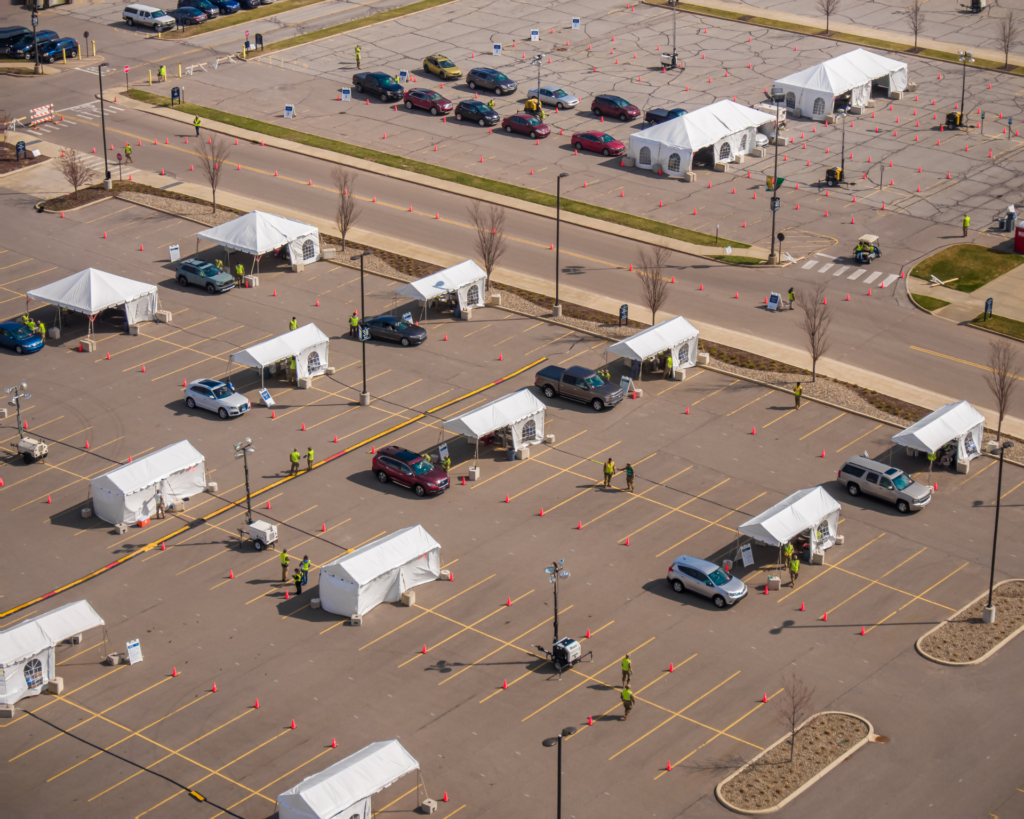Bleak Futures for Oglala Sioux Youth
Young people in Pine Ridge and other reservations around the US deserve the same opportunities as their peers to live longer and healthier lives.

Read Time: 4 minutes
Published:
Most American men can expect to live until they’re nearly 80, but not if you are Native American. If you live on the Pine Ridge Reservation in South Dakota, you’re only expected to live until you’re 62. That’s if you are fortunate enough to make it past adolescence. Young natives under age 25 who are living in South Dakota are nearly three times more likely to die from accidents than their peers of other races.
The Pine Ridge Reservation is home to 20,000 Oglala Sioux tribal members and spans over 3,000 square miles. It is one of the poorest, most underdeveloped places in the United States, and half its population is under age 25.
Tribal nations were forced to accept a small portion of US land from the federal government in exchange for promises to safeguard their rights, deliver essential services, and provide them with necessary resources to benefit from those services. These promises are regularly broken.
A suicide epidemic among youth living on Pine Ridge Reservation has killed or nearly killed close to 200 teenagers since 2014, and over two thirds of tribal members suffer from alcoholism. While reservation-specific data on alcohol use by young tribal members is limited, a recent national survey showed that nearly 30% of native eighth graders reported drinking alcohol in the past month. This is two times higher than eighth graders of other races.
A 2017 article reported that 11,000 cans of alcohol were consumed on the reservation per day. Tribal members referred to it as “liquid genocide.” Pine Ridge is technically dry, but alcohol can be purchased within a few feet of the reservation boundary lines. Tribal members have devoted the last several months to tackling alcohol use disorder and successfully advocated for several liquor stores near the reservation to be closed by the state.
The Bureau of Indian Affairs should, by law, be providing programs specifically addressing underage drinking and injury prevention for young people living on reservations. However, such programs are rare, and the ones that exist are chronically underfunded. The Trump administration already cut the Bureau’s budget in 2019 by 18% and recently proposed an additional 14% budget cut for 2020. This leaves the Bureau with $35,000 to spend on community and economic development for the 5.2 million Native Americans living on tribal land.
The minuscule amount of federal money allocated to improving the health and quality of life of young natives living on the Pine Ridge Reservation does not begin to cover their basic needs.
In response to President Trump’s budget announcement, Jefferson Keel, the president of the National Congress of American Indians, said: “The proposed budget cuts to tribal governmental services, if enacted, would represent a clear retreat from the federal commitments and treaty promises made to tribes. Invest adequate, equitable funding in our infrastructure needs. And remove barriers to us from making decisions at the local, tribal level. Reaffirm our right to consent to developments that affect our lands and our people.”
The minuscule amount of federal money allocated to improving the health and quality of life of young natives living on the Pine Ridge Reservation does not begin to cover their basic needs. And it does not provide enough services to prevent alcohol-related injury and death.
Recently, a promising program demonstrated a 30% reduction of heavy alcohol use among underage natives on reservations in California. This program was designed and implemented by a team of tribal leaders, prevention scientists, and clinicians. It combined community-level prevention strategies, such as mobilizing community members and restricting alcohol sales to minors, with individual-level prevention strategies with tribal youths, such as motivational interviewing and psychoeducation. Young people in Pine Ridge and other reservations around the US deserve the same opportunities as their peers to live longer and healthier lives.
Photo by Stephen Walker on Unsplash



